A pair of Regency carved giltwood and ebonised torcheres, circa 1815, attributable to Thomas Hope the circular dish tops with moulded edge above reeded tapered column carved with tiers of lotus leaves and acanthus collars on triform bases with winged lion monopodiae and panelled sides applied with stars and Apollo masks on winged scroll paw feet, lacking burners, 164cm high, 65cm wide Comparative Literature: Thomas Hope Household Furniture and Interior Decoration, 1807, pls. XIX, ill.7 and L, ill. 2. Edward Joy, Pictorial Dictionary of British 19th Century Furniture Design. The Antique Collectors' Club, 1984, p.553 These finely proportioned torchères reflect the work of the pre-eminent designer Thomas Hope in the early nineteenth century. Hope was greatly influenced by his extensive Grand Tour travels across Europe as well as Greece, Turkey, and Egypt. His Duchess Street home became the showcase for Hope’s vision of antiquity across the different cultures, including Egyptian, Greek, Roman, and Indian elements. Hope officially opened his home in 1802 to visitors, and the Prince of Wales made an appearance at the grand opening. Duchess Street became an attraction for the discerning connoisseur and many notable figures travelled to see its interiors, including the artist Benjamin West who proclaimed that it was ‘the finest specimen of true taste... either in England or in France.’ Hope went on to publish his designs in 1807 with full measurements as a way to encourage accurate imitation of his work rather than the lesser imitations that were being produced by his contemporaries. This publication, Household Furniture and Interior Decoration, was notable for the manner in which it displayed the furniture designs which were represented in outline only, eliminating any sense of depth, shadow, or stylistic contrasts. Whilst no direct pattern can yet be found for the present torchères, many elements bear similarities to those in Thomas Hope op. cit. including the distinctive winged monopedic sphinx in pl. XIX, ill. 7 and the fluted and leaf wrapped shaft issuing from lotus leaves pl. L, ill. 2. These torchères also relate to the work of Hope’s contemporary, George Smith particularly in the concave triangular pedestal base illustrated in his A Collection of Designs for Household Furniture and Interior Decoration, 1808 (repr. Edward Joy, op. cit., p 553). Condition report disclaimer
A pair of Regency carved giltwood and ebonised torcheres, circa 1815, attributable to Thomas Hope the circular dish tops with moulded edge above reeded tapered column carved with tiers of lotus leaves and acanthus collars on triform bases with winged lion monopodiae and panelled sides applied with stars and Apollo masks on winged scroll paw feet, lacking burners, 164cm high, 65cm wide Comparative Literature: Thomas Hope Household Furniture and Interior Decoration, 1807, pls. XIX, ill.7 and L, ill. 2. Edward Joy, Pictorial Dictionary of British 19th Century Furniture Design. The Antique Collectors' Club, 1984, p.553 These finely proportioned torchères reflect the work of the pre-eminent designer Thomas Hope in the early nineteenth century. Hope was greatly influenced by his extensive Grand Tour travels across Europe as well as Greece, Turkey, and Egypt. His Duchess Street home became the showcase for Hope’s vision of antiquity across the different cultures, including Egyptian, Greek, Roman, and Indian elements. Hope officially opened his home in 1802 to visitors, and the Prince of Wales made an appearance at the grand opening. Duchess Street became an attraction for the discerning connoisseur and many notable figures travelled to see its interiors, including the artist Benjamin West who proclaimed that it was ‘the finest specimen of true taste... either in England or in France.’ Hope went on to publish his designs in 1807 with full measurements as a way to encourage accurate imitation of his work rather than the lesser imitations that were being produced by his contemporaries. This publication, Household Furniture and Interior Decoration, was notable for the manner in which it displayed the furniture designs which were represented in outline only, eliminating any sense of depth, shadow, or stylistic contrasts. Whilst no direct pattern can yet be found for the present torchères, many elements bear similarities to those in Thomas Hope op. cit. including the distinctive winged monopedic sphinx in pl. XIX, ill. 7 and the fluted and leaf wrapped shaft issuing from lotus leaves pl. L, ill. 2. These torchères also relate to the work of Hope’s contemporary, George Smith particularly in the concave triangular pedestal base illustrated in his A Collection of Designs for Household Furniture and Interior Decoration, 1808 (repr. Edward Joy, op. cit., p 553). Condition report disclaimer
.jpg)
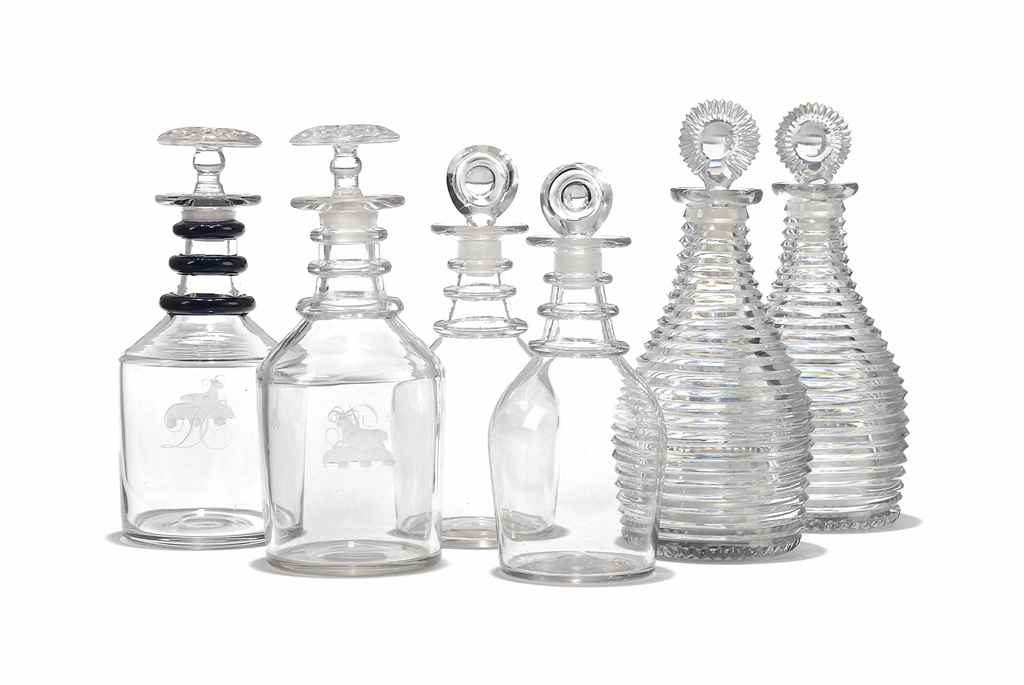
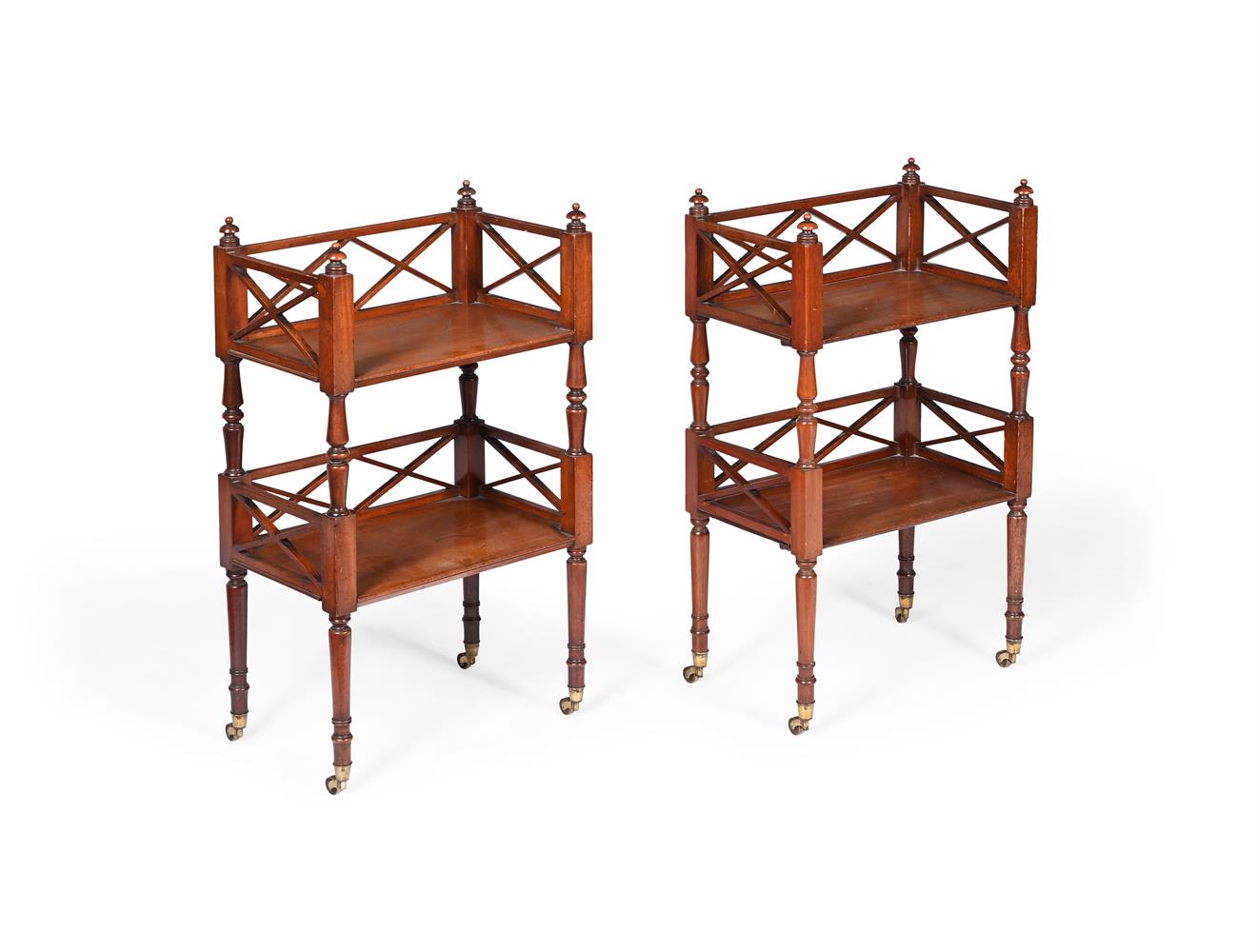





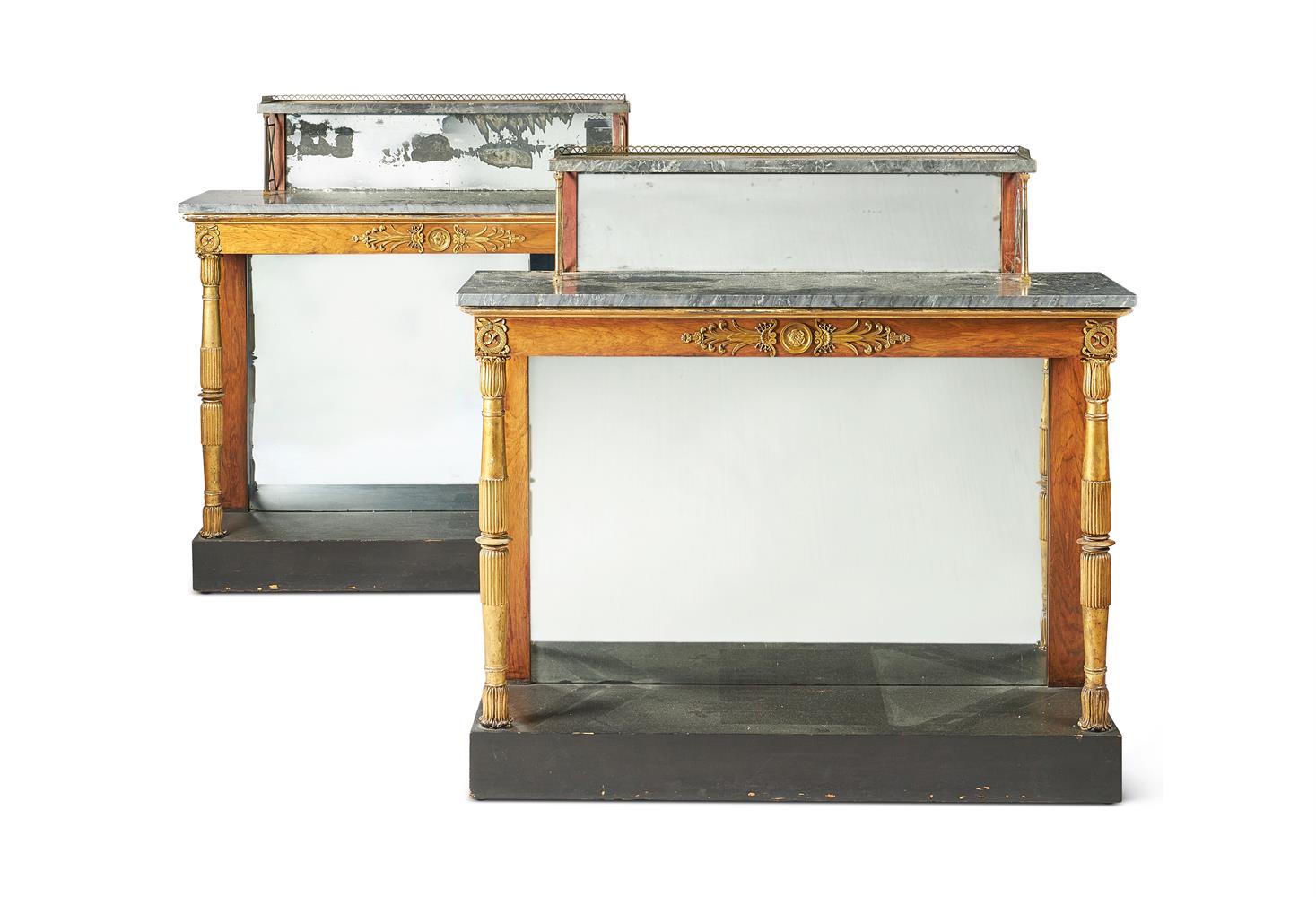


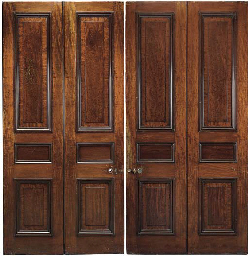
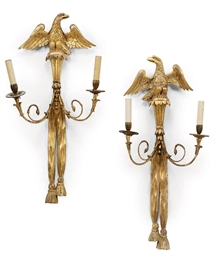
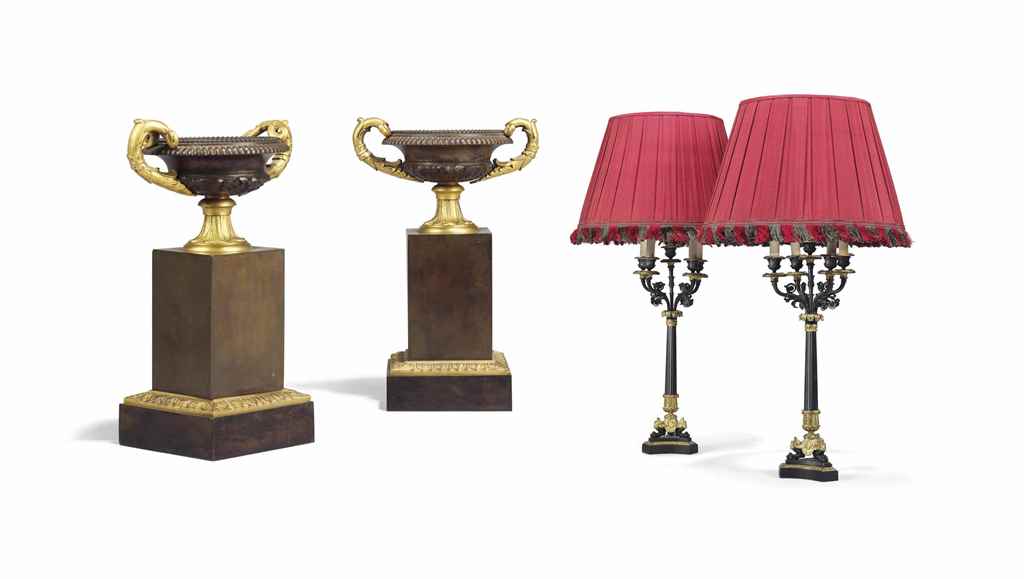
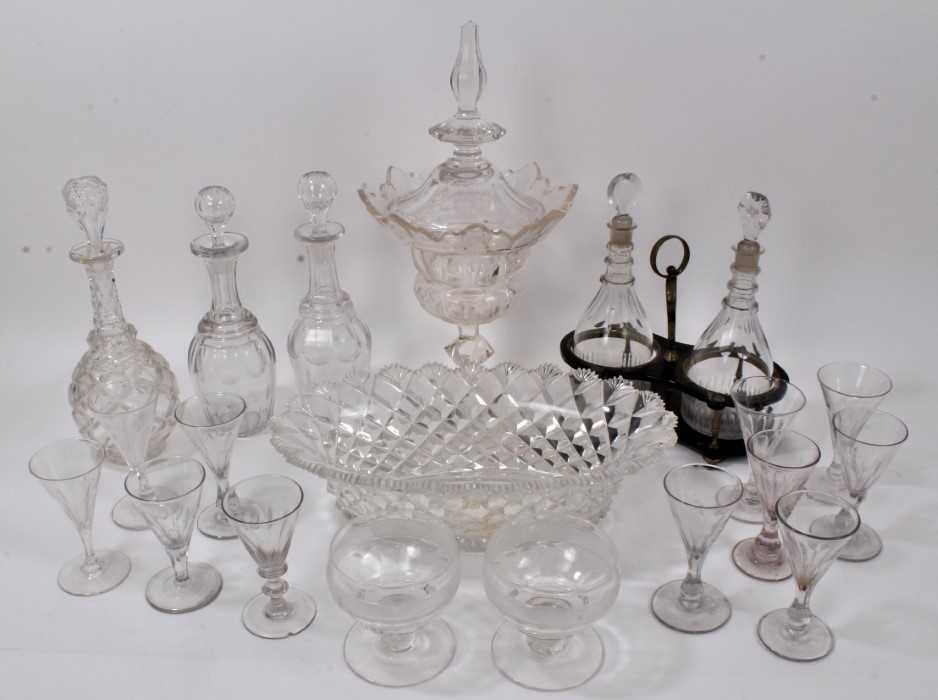
Try LotSearch and its premium features for 7 days - without any costs!
Be notified automatically about new items in upcoming auctions.
Create an alert